Featured Categories
Featured Posts
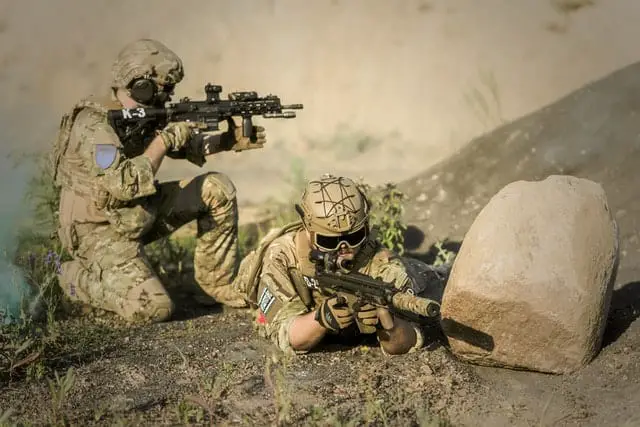
Top 5 UTG Red Dot Sights for 2024
The deer hunting season is approaching, and you’re excited to flaunt your shooting skills in front of your pals. But what if you’re in a challenging terrain where target acquisition isn’t that easy? Would you rather miss some exotic trophies or try out these best UTG red dot sights for 2022/23 to pin down your…
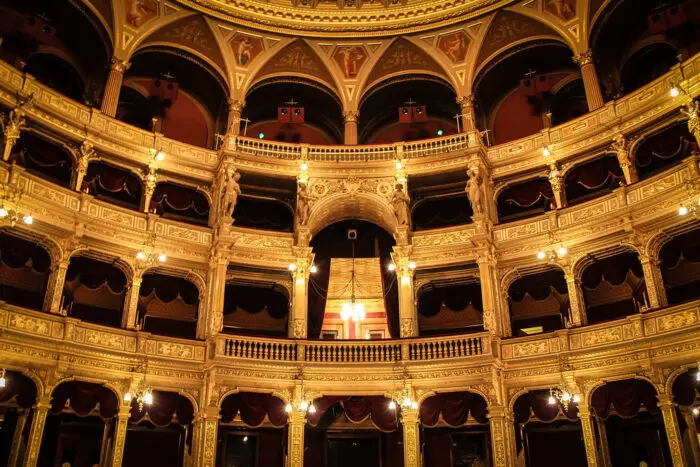
The 5 Best Binoculars For The Opera
Head to the opera, and chances are that you’ll see multiple people with a set of opera binoculars in their hands, particularly if they are sitting in the seats a bit further back (or, if they are lucky, in one of the boxes). While you don’t necessarily need a pair of opera binoculars to enjoy…

Leupold Binoculars: A Comprehensive Guide to Choosing the Right Pair (2024)
Leupold binoculars are truly exceptional, a standout product line that can sometimes make selection daunting due to their quality. We’re here to streamline that process for you, and this article is devoted to showcasing the finest Leupold binoculars available in the market, facilitating your comparison and decision-making journey. Next, we’ll provide insightful tips to help…

Can I Put a Red Dot on My 1911 (Must Read)
Can you put a red dot sight on a 1911 pistol? It’s a question that has been debated among firearms enthusiasts for years. Some say it can’t be done, while others claim it can. Here’s what our research says: While it is possible to put a red dot on a 1911 pistol, doing so may…

5 Best Trijicon red dot sights reviewed
If you are tired of seeing missed bullets and targets, these best Trijicon red dot sights are here to solve your problems once and for all. Once you familiarize yourself with a red dot optic, it becomes your third eye and provides pinpoint accuracy to boost your missions. Shooters from across the globe admire Trijicon…
Latest Posts
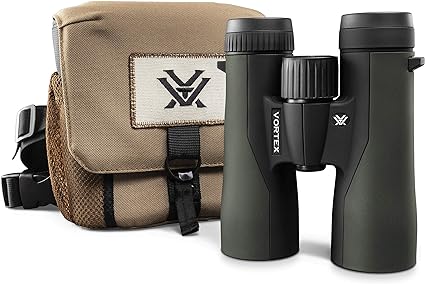
Vortex Optics Crossfire HD 10×42 Binoculars Review
Vortex Optics is famed (in its niche, that is) for its customer-centric approach and exceptional-quality products. Whether it’s the apparel range or the collection of optics gear, the company puts you at the heart of everything it does. And this consumer-based methodology led to the creation of Vortex Optics Crossfire HD 10×42 Binoculars — a…
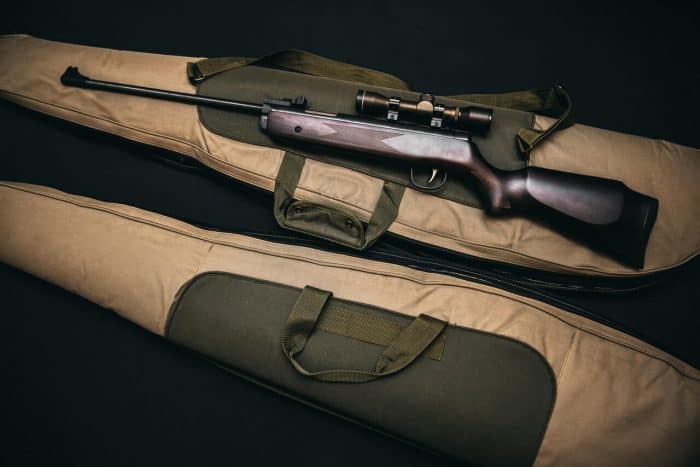
5 Best Zeiss Rifle Scopes Reviews: Our Top Picks for 2024
Since Zeiss is a top-tier brand, its scopes are always expensive, which makes new buyers wonder if they should spend a fortune on a glass or not. Not only do Zeiss excel in all matters optic including spotting scope and binoculars, they make a mean set of Rifle scopes as well. If you are still…
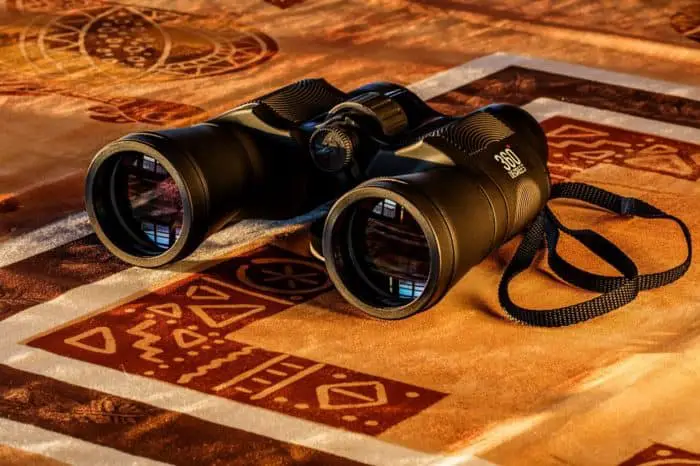
Best Budget 10×42 Binoculars (2024)
Just imagine, how convenient it would be to have a single binocular that is versatile enough for all your outdoor endeavours. From hunting to sightseeing to star gazing and even for watching sports, 10×42 binoculars are considered to be a smart choice for every purpose. Quality is of utmost importance but so is your budget….

Best Spotting Scopes for Elk Hunting (best optical quality) for 2024
Hunting scopes are meant to survive extreme weather conditions, show the minutest details of the target, and never become a burden for the hunter. If your glass is lacking in any of these aspects, it’s about time you opt for an upgrade. Luckily, selecting one of the best spotting scopes for elk hunting won’t be…

Discovering the Best Long Eye Relief Spotting Scope in 2024
If you wear eyeglasses, you must have felt that your eyes get tired sooner than the non-glasses wearers. That’s because your spectacles’ glass comes between your eyes and the scope’s eyepiece, eventually making the focusing process harder. In that case, a spotting scope with excellent eye relief distance will solve your problem. However, finding a…

5 Best Spotting Scopes for Backpack Hunting (2024)
Passion, grit, and the right kind of gear; if you have these, nothing can stop you from enjoying backpack hunting. But, if your gear isn’t par excellence, you might miss the trophies and put yourself in a dangerous situation as well. Therefore, we decided to collect some of the best spotting scopes for backpack hunting…
